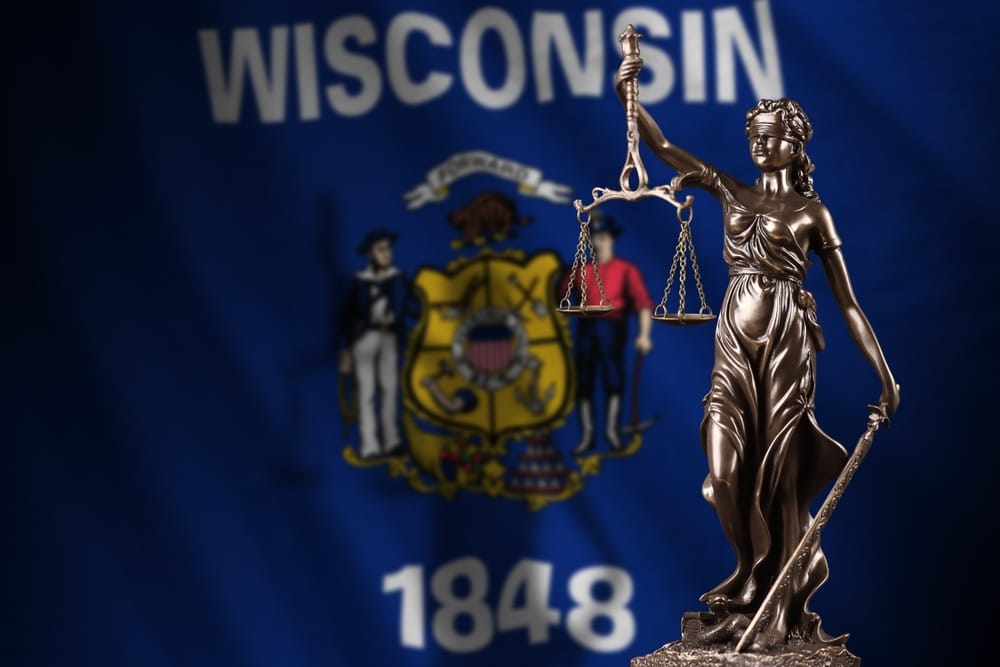Wisconsin Bankruptcy Guide

Introduction
Wisconsin’s diverse landscape of urban centers, agricultural communities, and recreational properties creates unique considerations in bankruptcy proceedings that differ significantly from other states. This comprehensive guide explores the specific rules, exemptions, and procedures that apply to Wisconsin residents considering or pursuing bankruptcy protection.
The bankruptcy process in Wisconsin operates through two federal districts – Eastern and Western – each serving distinct regions of the state with their own courts and procedures. Understanding both federal bankruptcy law and Wisconsin’s specific provisions becomes crucial for successfully navigating the process.
Wisconsin’s bankruptcy landscape reflects the state’s distinctive economic character, with special provisions for farmers, dairy operations, and agricultural businesses. These unique aspects of Wisconsin law can significantly impact both the bankruptcy process and its outcomes.
For many Wisconsin residents, the decision to file bankruptcy comes amid challenging circumstances, often complicated by the state’s diverse economy ranging from urban industries to agricultural operations. This guide aims to provide clear, accurate information about the process while highlighting Wisconsin-specific factors that may affect your case.
The information contained in this guide reflects current law as of 2024 but should not be considered legal advice. Always consult with a qualified bankruptcy attorney familiar with Wisconsin law for guidance specific to your situation.

State Bankruptcy Courts
Eastern District
The Eastern District of Wisconsin Bankruptcy Court maintains its headquarters in Milwaukee, with an additional courthouse in Green Bay. This distribution serves the state’s most populous region while providing convenient access for northeastern Wisconsin residents.
The Milwaukee headquarters handles the majority of bankruptcy filings in the eastern region, while the Green Bay location serves residents in the northeastern counties. Both locations maintain full capabilities for bankruptcy proceedings, including facilities for creditor meetings and court hearings.
The Eastern District’s operations reflect the region’s urban concentration, with procedures designed to handle high-volume filings efficiently while maintaining accessibility for rural residents within its jurisdiction.
Western District
The Western District, headquartered in Madison with an additional location in Eau Claire, serves Wisconsin’s western and northern regions. This arrangement provides strategic coverage for the district’s largely rural population.
Each location offers full bankruptcy services, with facilities and procedures adapted to serve the region’s agricultural community. The court system recognizes the unique challenges faced by rural residents, including travel distances and seasonal farming obligations.
Both courts maintain user-friendly websites (www.wiwb.uscourts.gov for Western, www.wieb.uscourts.gov for Eastern) providing essential resources, forms, and updates specific to Wisconsin bankruptcy proceedings.
Wisconsin Property Exemptions
Homestead Exemption
Wisconsin provides a generous homestead exemption of $75,000 per individual or $150,000 for married couples filing jointly. This protection applies to a primary residence and includes specific provisions for both urban and rural properties.
The exemption’s limitation to one-half acre in cities while allowing up to 40 acres in rural areas reflects Wisconsin’s commitment to preserving both urban residences and family farms. This distinction acknowledges the different property needs of urban and rural residents.
Protection extends to proceeds from the sale of a homestead for a reasonable period, allowing residents to transition between properties while maintaining their exemption rights. Special provisions for farm properties recognize the integrated nature of agricultural operations.
Personal Property Exemptions
Wisconsin’s personal property exemptions provide comprehensive protection for essential items while recognizing the state’s outdoor traditions. The $12,000 household goods exemption offers substantial protection for family necessities.
The state provides specific exemptions for hunting and fishing equipment, acknowledging these activities’ cultural and economic importance to Wisconsin residents. This unique provision helps preserve traditional recreational activities and potential food sources.
Vehicle exemptions of $4,000 recognize the necessity of reliable transportation in Wisconsin’s climate and geography. Additional provisions for consumer goods and health aids ensure residents maintain basic living standards through the bankruptcy process.
Special Wisconsin Considerations
Agricultural Operations
Wisconsin bankruptcy law provides extensive protection for agricultural operations, particularly dairy farms. The state’s role as America’s Dairyland is reflected in specific provisions protecting dairy equipment and related income.
The bankruptcy courts show particular sensitivity to the cyclical nature of farming income and the unique challenges faced by agricultural operations. This understanding often influences both the timing of bankruptcy filings and the structure of payment plans.
Special valuations may apply to agricultural properties and equipment, considering factors like seasonal use, dairy production facilities, and the integrated nature of farming operations. These considerations can significantly impact both Chapter 7 liquidation analyses and Chapter 13 repayment plans.
Geographic Considerations
Wisconsin’s diverse geography creates distinct bankruptcy considerations across different regions. Urban areas like Milwaukee and Madison face different challenges than rural farming communities or northern woodland regions.
Lake property considerations require special attention, particularly for properties serving both residential and recreational purposes. The courts must often address complex ownership arrangements and seasonal usage patterns.
Northern woodland areas present unique valuation challenges, particularly when properties include timber rights or recreational use considerations. These factors can significantly impact both asset valuation and exemption planning.
Conclusion
Successfully navigating bankruptcy in Wisconsin requires understanding both federal bankruptcy law and state-specific provisions that reflect Wisconsin’s unique economic and geographic character. The state’s generous exemptions and special considerations provide important protections for residents while recognizing the distinctive aspects of life in Wisconsin.
Working with qualified legal professionals familiar with Wisconsin bankruptcy law proves essential for maximizing available protections and achieving optimal outcomes. These professionals can help ensure proper application of state-specific exemptions while navigating the complex intersection of federal and state requirements.
The bankruptcy process, while challenging, offers a path to financial recovery for Wisconsin residents facing overwhelming debt. Understanding available protections and requirements helps ensure the process serves its intended purpose of providing a fresh financial start.
Each bankruptcy case reflects unique circumstances, and success often depends on careful preparation and attention to Wisconsin’s specific requirements. This guide provides a foundation for understanding these requirements while highlighting the importance of professional guidance for specific situations.
Remember that bankruptcy laws continue to evolve, and staying informed about current requirements and protections remains crucial. Regular consultation with qualified legal professionals helps ensure compliance with current laws while maximizing available protections under Wisconsin law.
